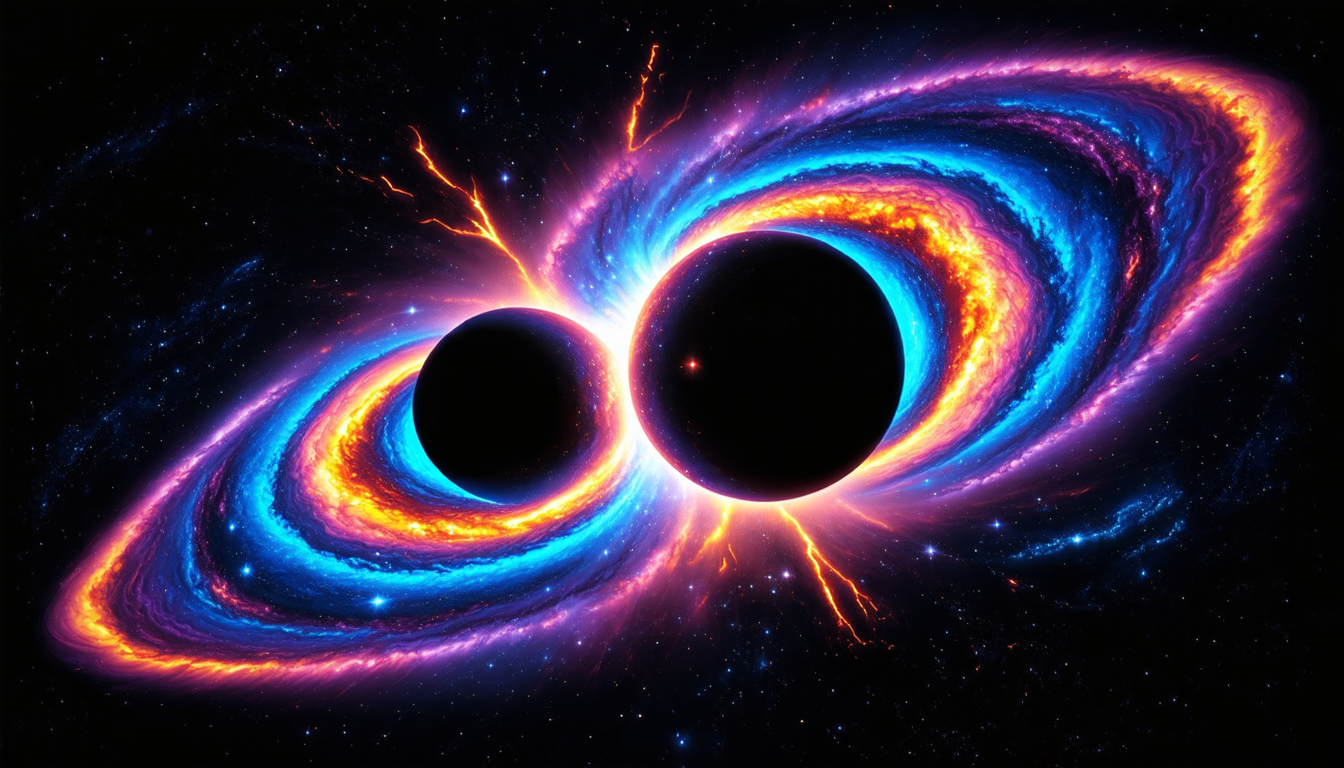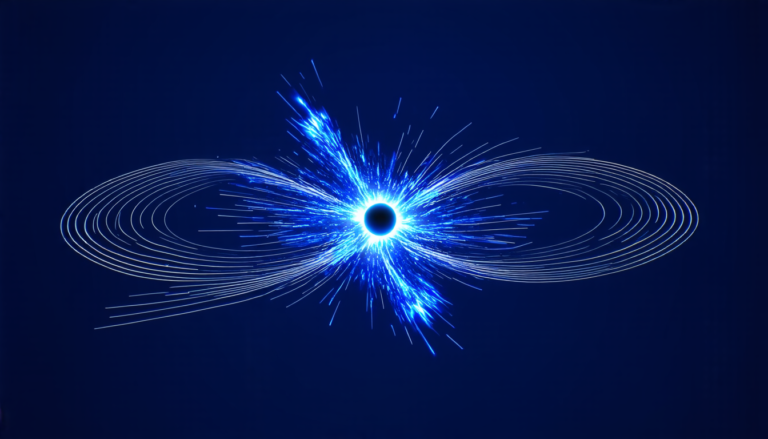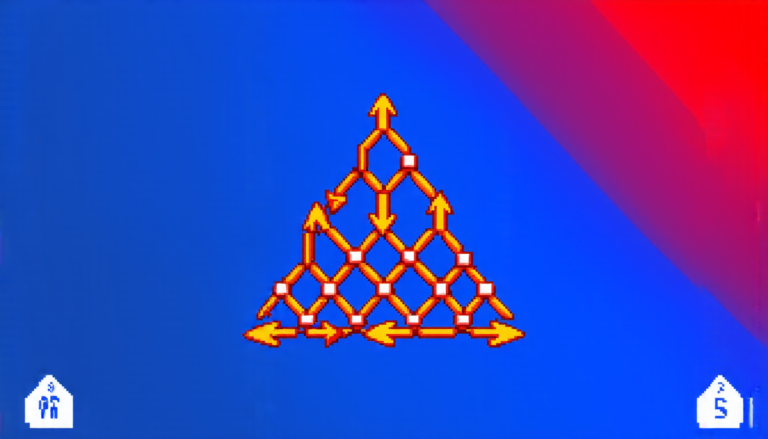Monday 21 April 2025
As we continue to explore the mysteries of the universe, scientists have been working tirelessly to develop new technologies that will help us uncover its secrets. One such technology is GRINTA, a hard X-ray mission designed to detect and study transient events in the universe.
GRINTA’s main goal is to find electromagnetic (EM) counterparts to gravitational wave (GW) events, which are detected by observatories like LIGO and Virgo. These GW events are believed to be caused by massive cosmic collisions, such as the merger of two black holes or neutron stars. By detecting EM radiation from these events, scientists can gain valuable insights into the physics of these collisions and the properties of the objects involved.
To achieve this goal, GRINTA is equipped with a unique instrument called the Transient Event Detector (TED). TED consists of 24 scintillator modules arranged to view different parts of the sky. Each module has an area of 100 cm2 and is attached to a silicon photomultiplier readout. This configuration enables observations of nearly 8 square degrees of the sky in search of short, impulsive events.
The detector’s large field of view (FoV) allows it to monitor a significant portion of the sky simultaneously, making it an ideal tool for detecting EM counterparts to GW events. The TED is also designed to quickly re-point its gaze at any location where an event has been detected, allowing scientists to capture the early stages of the afterglow emission from these events.
In addition to its primary goal, GRINTA will also be used to study other types of transient events in the universe, such as magnetar giant flares and supernovae explosions. These events can provide valuable insights into the physics of extreme astrophysical phenomena and the properties of dense matter.
GRINTA’s secondary instrument is the Hard X-ray Imager (HXI), which is designed to operate in the 5-200 keV energy range. The HXI consists of a coded mask telescope with a detector plane made up of 16×16 CdTe crystals arranged in a 16×16 array. This configuration provides a high sensitivity and angular resolution, making it ideal for detecting and localizing sources.
The combination of the TED and HXI instruments on GRINTA will enable scientists to detect and study EM counterparts to GW events with unprecedented precision.
Cite this article: “Unveiling the Secrets of the Universe: The GRINTA Mission to Detect Cosmic Phenomena”, The Science Archive, 2025.
Gravitational Waves, X-Ray Astronomy, Transient Event Detector, Hard X-Ray Imager, Electromagnetic Radiation, Black Holes, Neutron Stars, Cosmic Collisions, Astrophysics, Space Mission







